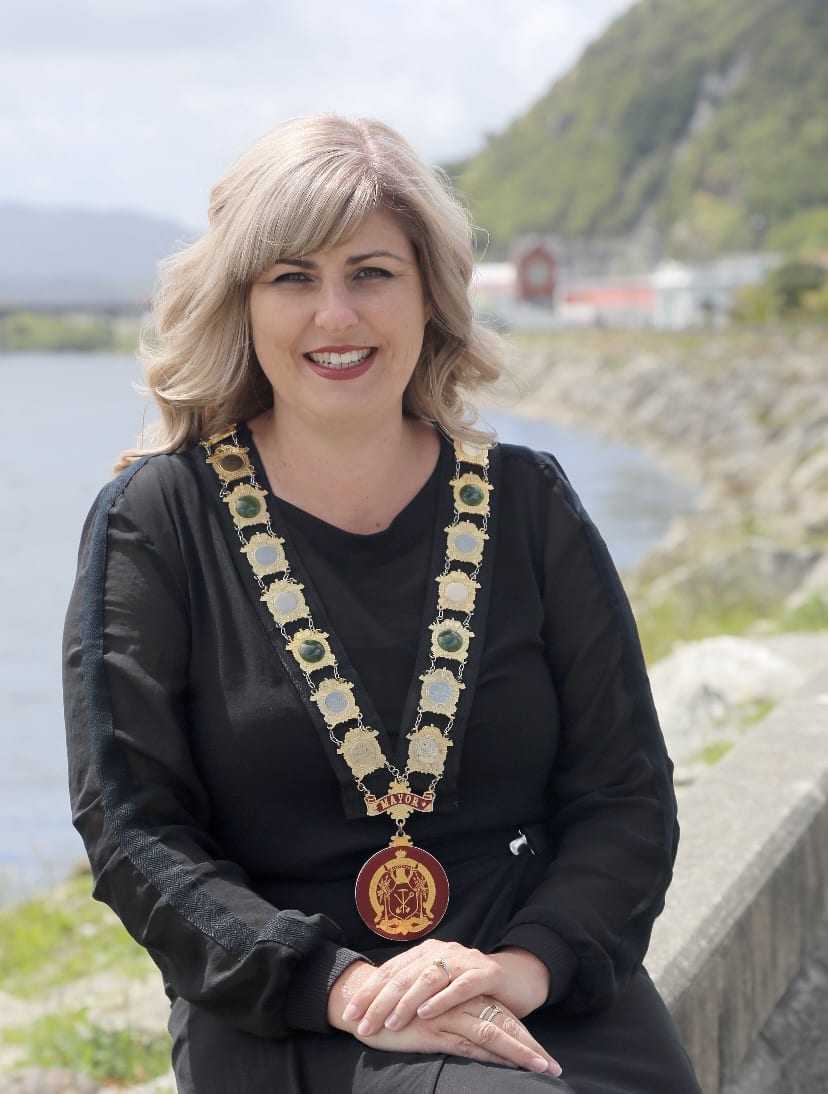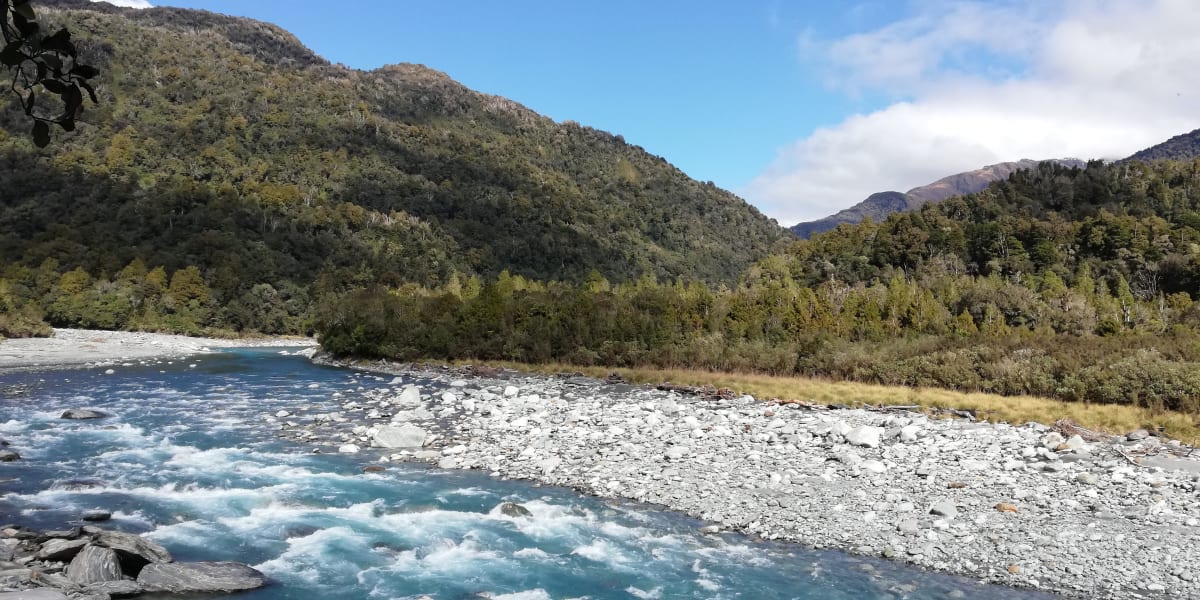
West Coast refuseniks are finally falling into line with the government’s significant natural areas policy
Forest & Bird is welcoming a decision by West Coast councils to map significant natural areas (SNAs) in the region after years of resisting the move.
At a meeting of the Tai o Poutini Plan working group this month, council representatives voted to go ahead with the process despite objections of “treachery” by West Coast Regional Council chair Allan Birchfield.
The decision marks the end of a long struggle by West Coast councils, led by Birchfield, to avoid identifying SNAs – mostly areas of native bush on private land – and mapping them in the district plan.
Birchfield, who’s slammed the process as a form of theft, says he’s deeply disappointed in the working group.
“If someone tries to take your property, you don’t just stand there and let him. If the government wants to preserve these areas, it should buy them.”
While SNAs will remain on property titles, owners will need a resource consent to do almost anything with them, Birchfield says.
“We should be standing up for the landowners and putting up a fight.”
Forest & Bird, though, is commending the group on the decision, which Canterbury-West Coast manager Nicky Snoyink calls both important and inevitable.
“Protecting significant natural areas has actually been a legal requirement for the past 30 years.
“Having them identified will provide more clarity for everyone - from those wanting to develop land to those wanting to protect endangered plants and animals."
Slow to act
Although the Resource Management Act has always required councils to identify SNAs, few have done so.
On the West Coast, the Grey District Council is the only one to have tackled the work. It came up with a list of SNAs about 15 years ago and negotiated certain benefits for landowners in exchange.
But the issue became unavoidable after the Local Government Commission ordered the Buller, Grey and Westland councils to combine their district plans and the government released its new draft policy statement on indigenous biodiversity.
Councillors found themselves between a rock and a hard place.
On the one hand, most didn’t want a bar of SNAs, even though Grey District already had some.
On the other, the plan had to comply with the law and new environmental policies or it would be challenged in court and the council would lose, lawyers advised.
It also had to comply with the West Coast’s regional policy statement, signed off, albeit under protest, by Birchfield himself.
And that policy statement says councils must identify and map SNAs.
End of story, you might think.
For the region’s three mayors and their councils, that’s what it has come down to. Their days of tilting at windmills appear to be over.

Grey District Mayor Tania Gibson says she hates the idea of SNAs but accepts councils now have little choice in the matter.
“It’s stink that we don’t have a choice because we are elected to represent the ratepayers and most ratepayers don’t want this, but the government does.”
But the Grey council won’t be re-evaluating its SNA list under pending new environmental criteria, she says.
“Not unless we’re forced to. The final version of the National Policy Statement on Indigenous Biodiversity isn’t out yet and hopefully it still won’t be by the time our new district plan is notified,” she says.
The law won
Along with the Westland council, Buller Mayor Jamie Cleine has a more pragmatic approach.
There’s no point writing an unlawful plan just to make a point, he says.
“All that happens is that it gets challenged in the Environment Court by Forest & Bird and we then have huge appeal costs which fall on the ratepayers.”
But Birchfield says the councils will end up in court anyway - and might as well make a meal of it.
“Parts of these plans are always challenged and if we just cave and do as we’re told, we might as well let Forest & Bird write the plan. That’s what it amounts to. If you kick up enough of a fuss the government has to listen.”
But so far the Coast’s anguish has fallen on deaf ears in Wellington, and the region’s new district plan is due to be notified in July.
The SNA process will be run over five years, the working group has agreed.
Cleine says that will give time for councils to “have the conversation” they need to have with landowners.
“You need to do the desktop study first to identify potential SNAs then you have to head up those driveways and talk to the landowners.”

It might be a brave ecologist who ventures up certain West Coast driveways, Cleine concedes.
“That’s why we need time to do this - you need to inform people, talk to them, consider it properly - you can’t rush these things.”
Lowland protection
Forest & Bird maintains SNAs won’t unduly restrict landowners: existing uses such as grazing and honey production will generally be able to continue.
But it won’t be possible to intensify those activities, and new activities won’t be allowed to adversely affect SNAs.
That might include felling trees to subdivide or clearing bush for pasture.
On the West Coast, where only 15 percent of the land is available for production, it’s feared such restrictions along with new wetland rules will put paid to any prospect of bringing any lowland forest remnants into production.
Conservation groups say that’s as it should be: far too much regenerating forest and wetland has been damaged by development in recent decades.
The embattled Birchfield had only one supporter at the table when it came to the SNA vote this week - iwi rep Francois Tumahai.
He’s now pinning his hopes on October’s council election, when West Coast voters can rate the merits of political pragmatism against costly - and arguably doomed - principle.
Made with the support of the Public Interest Journalism Fund








